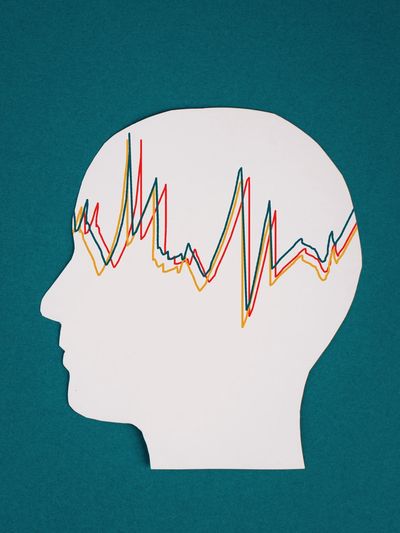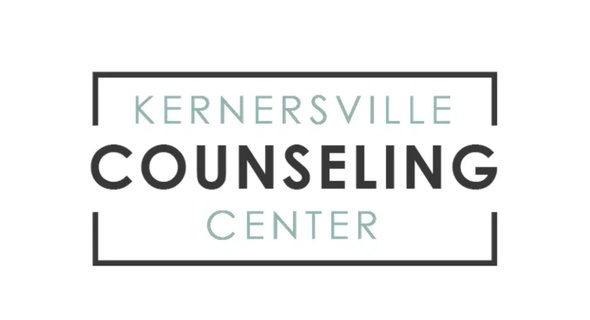
BRAINSPOTTING
Brainspotting therapy is an experiential, focused treatment method that helps people access and reduce the impact of distressing events, including past traumatic experiences. This therapy emphasizes the interaction between the mind and the body and harnesses the brain’s natural ability to heal itself. Brainspotting has been used effectively to treat a wide range of conditions, including posttraumatic stress disorder (PTSD), anxiety, depression, and performance-related challenges.
Our minds can process and heal from traumatic events, but sometimes, these experiences are unresolved and remain as unprocessed emotions in our minds and bodies. Trauma can manifest as emotional distress, physical symptoms, or maladaptive patterns. Brainspotting therapy helps identify and increase access to these deeply stored experiences by using specific eye positions, which correspond to areas in the brain that stimulate the targeted memory. By focusing on a "brainspot"—a particular eye position that correlates with the activation of stored trauma—, brainspotting facilitates deep processing and healing.
Unlike traditional talk therapy, brainspotting does not require detailed discussion of the distressing event. Instead, mindfulness and observation allow the brain and body to access and resolve distressing memories. This approach helps individuals process emotional pain without becoming overwhelmed, often leading to rapid and lasting relief. Many people find that brainspotting therapy enables them to move beyond traumatic experiences more effectively than with traditional therapeutic methods.
Copyright © 2024 KCC All Rights Reserved

